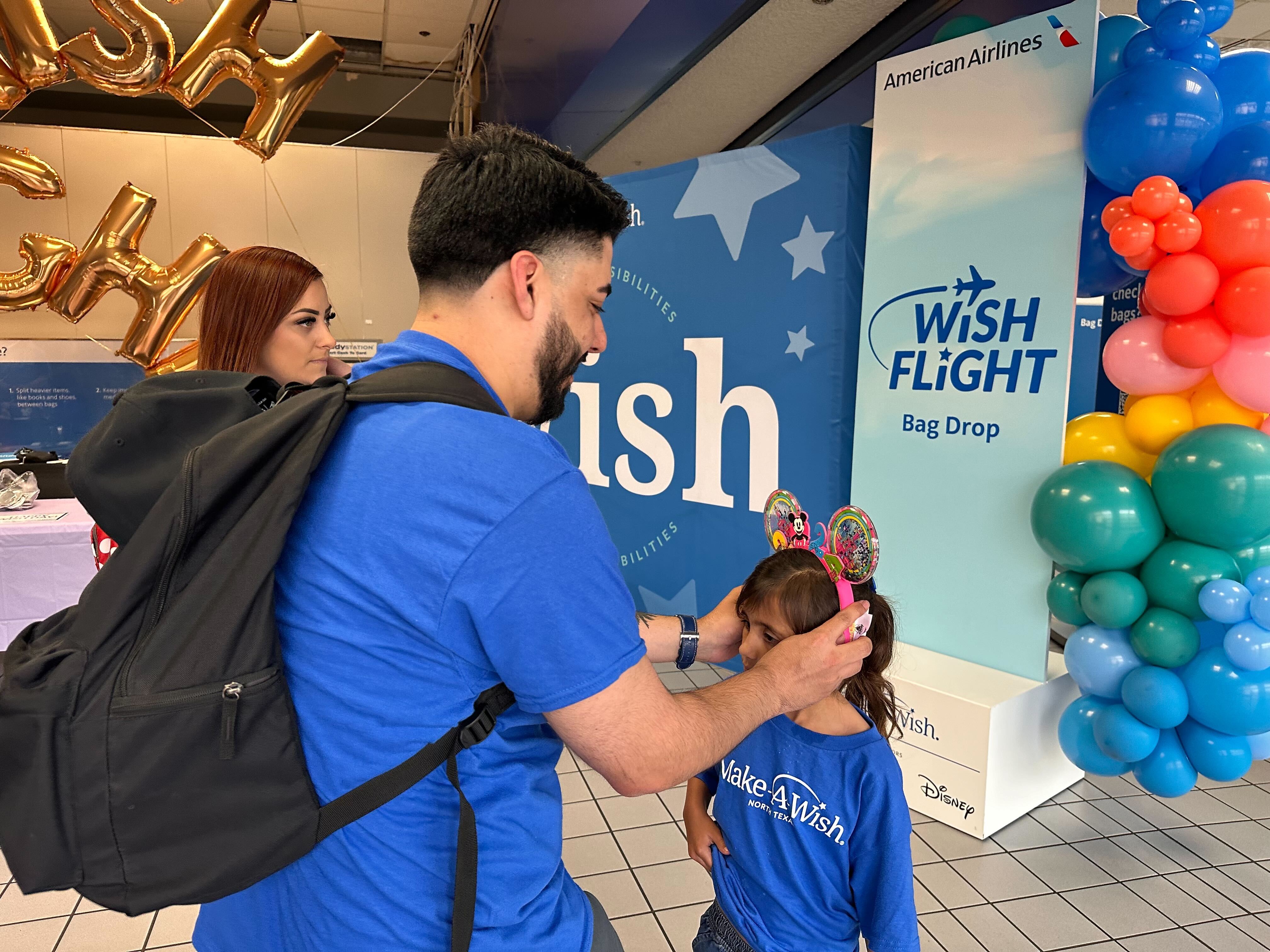Chronic pain affects thirty percent of people in America, according to the New England Journal of Medicine. That’s one reason for the explosion in opioid abuse and addiction. Now there’s a new neuro-stimulator called the HF 10, and it’s dramatically reduced pain for many patients.
Alisha Constancio couldn’t play with Daisy three months ago. A car accident left her with chronic pain and headaches.
“I couldn’t even dress myself or shower without having or experiencing a flare up or severe pain,” said Constancio.
Constancio was on four drugs and tried other treatments, but her life was still dominated by pain. Then, Dr. Vernon Williams, at the Center for Sports Neurology and Pain Medication at Kerlan-Jobe Institute told her about the HF 10 neurostimulator, an implanted device that sends high frequency pulses to nerves through wires near the spine.
“Potentially, you can turn up or turn down certain signals, turn off certain pain signals and give significant improvement of pain without the need for opioids or other medications,” Dr. Williams said.
Williams says the HF 10 uses high frequency, eliminating a side effect of other neurostimulators.
“What that means for the individual is that when they have that stimulator on, and it’s covering an area where they have pain, they don’t feel paresthesia, meaning they don’t feel tingling or buzzing, any kind of uncomfortable sensation,” Willams explained.
Local
The latest news from around North Texas.
Eighty percent of patients in a clinical trial reported losing at least half their pain, and it seems to last. Alisha controls the pulses with this remote, depending on her pain level, and she can recharge the HF 10 battery with this.
“I hardly experience pain or I hardly notice it, which is good enough for me,” Constancio said.
Before they get the HF 10 implanted, patients get a temporary version of it, to make sure it works. The HF 10 is good for folks with moderate to severe back or leg pain they’ve had for more than three months. They also need to have tried other treatment like medications or physical therapy first.
Contributors to this news report include: Wendy Chioji, Field Producer; Rusty Reed, Videographer; Cyndy McGrath, Supervising Producer; Hayley Hudson, Assistant Producer; Roque Correa, Editor.




